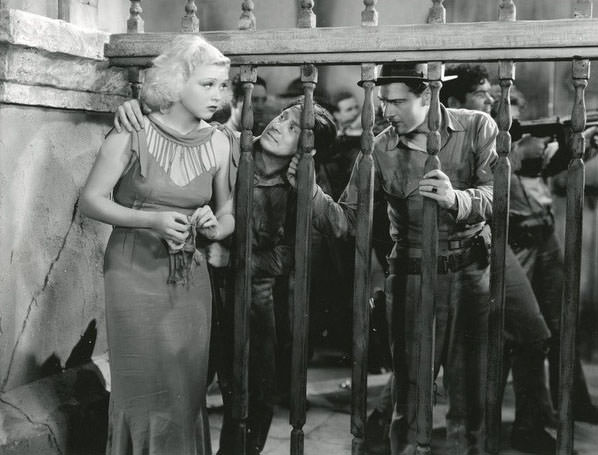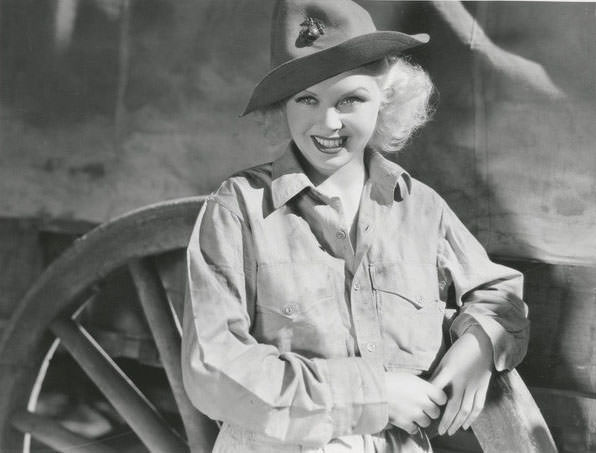As the proverbial curtain lifts and the projector beams through the dim-lit room, there’s something incredibly stirring about black and white cinema that transports us back to the golden age of Hollywood. One such enduring gem from this bygone era is the 1934 film ‘Come On Marines!’. This action-packed flick is not just a regular motion picture, it’s a cinematic voyage that helps us grasp the essence of that epoch.
The Plot
Directed by Henry Hathaway, ‘Come On Marines!’ is a military drama that unravels the life of a hotheaded, albeit valiant, Marine named Sergeant Buck Lawson, played by Richard Arlen. Buck’s reckless personality often lands him in hot water, but beneath that tough exterior lies a heart of gold. However, the highlight of the story is not just about his brave deeds, but the intense rivalry with fellow marine, Sergeant Ryan, played by Ida Lupino.
The story further takes an interesting turn when Buck falls for Helen, portrayed by the charming and talented actress, Ida Lupino, who ironically happens to be Ryan’s sister. This complicated love triangle spins the plot into an interesting direction, turning the competition from just professional to deeply personal. The way the film handles these intriguing twists and turns keeps the audience engaged till the very end.
Unraveling Themes: Courage, Love, and Redemption
‘Come On Marines!’ is more than just a military saga. It delves into themes of courage, love, and redemption, making it a classic worth revisiting. Buck’s journey from being an impulsive soldier to a responsible man who learns to balance his professional rivalry and personal life is truly inspiring. The film throws light on the human aspect of being a marine, making it relatable to audiences beyond the military community.
The Magic of the 1930s Cinematic Touch
One of the most fascinating aspects of ‘Come On Marines!’ is its representation of the 1930s cinematic style. The film showcases sharp editing and commendable camera work that was ahead of its time. It’s a delight to see how Hathaway uses these elements to build tension and drama, thereby providing the audience with a complete cinematic experience. Moreover, the film offers a rare glimpse into the fashion, culture, and societal norms of the time, allowing viewers to travel back to the 1930s.
Performances and Direction
The performances by Richard Arlen and Ida Lupino are nothing short of brilliant. Arlen, with his brash charm and audacious demeanor, breathes life into Buck’s character. Ida Lupino’s portrayal of Helen is equally remarkable, with her graceful poise and emotional depth.
But the real driving force of ‘Come On Marines!’ is Henry Hathaway. The way he brings forth the intricacies of marine life while also maintaining the emotional undertones of the story is a testament to his outstanding directorial skills. His unique way of storytelling coupled with the enthralling performances by the cast makes ‘Come On Marines!’ an unforgettable cinematic experience.

































